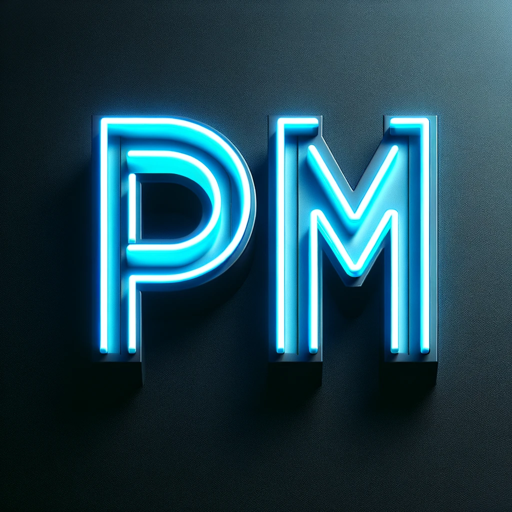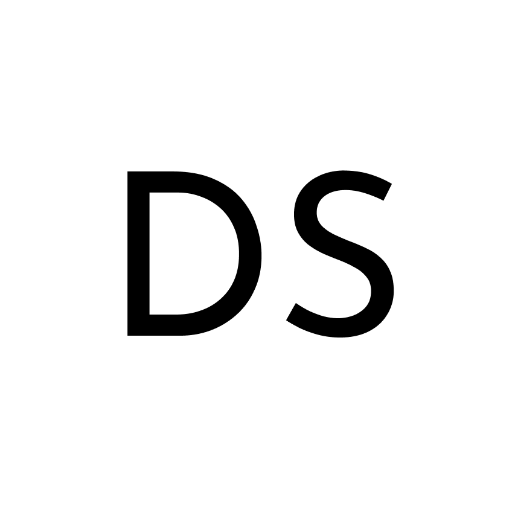Design System Documentation-design system documentation tool.
AI-powered design system documentation tool.
Let´s document a UI component.
Related Tools
Load More
Technical Documentation Writer Pro
A specialist in creating and assisting with technical documentation, focusing on clarity and accuracy.

Design System GPT
Mentor for designers on creating modern design systems

PRD Maker
Aide for PMs in drafting product requirement docs.
User Guides Documentation Builder
Drop in any requirement, user story, technical task, feature, and i'll articulate a relevant user guide document for you with insights!

UX/Product Design
UX/Product design expert analyzing and auditing UI designs.

Design System GPT
Assisting in design systems, focusing on tokens and Figma integration.
20.0 / 5 (200 votes)
Introduction to Design System Documentation
Design System Documentation serves as a structured, comprehensive guide for developers and designers, enabling them to build cohesive, consistent, and user-friendly interfaces. Its primary function is to provide detailed descriptions, usage guidelines, and visual standards for individual components used in UI design. Through clear documentation, teams can ensure consistency across products, enhance usability, and maintain brand integrity. For example, an Accordion component may be described with specific guidelines for when to use collapsible sections, minimizing vertical space and improving content access on smaller screens.

Main Functions of Design System Documentation
Component Description
Example
Provides detailed information about each component, such as a Button or Dropdown Menu, including its purpose, design elements, and key interaction points.
Scenario
In a design system, documenting the Button component ensures that all developers and designers follow the same rules for button use—consistent size, color, and accessibility guidelines.
Usage Guidelines
Example
Guides on when and when not to use a specific component. For instance, an Accordion should be used on pages with limited space or to manage large amounts of content.
Scenario
A designer working on a mobile-first e-commerce site may refer to Accordion documentation to decide when to hide and reveal product filters for better user experience on smaller screens.
Accessibility Standards
Example
Ensures all UI components meet accessibility standards, such as appropriate ARIA labels and keyboard navigation. Components like Breadcrumbs provide ARIA support to guide screen reader users through navigation paths.
Scenario
A developer creating a dashboard interface would reference the documentation to ensure that all navigation elements, such as Breadcrumbs and Links, comply with accessibility guidelines for visually impaired users.
Ideal Users of Design System Documentation
Designers
Designers benefit from consistent component guidelines, ensuring that the visual language and interaction patterns are cohesive across projects. They can reference predefined design tokens, such as colors, spacing, and typography, to create UI elements that align with the brand's standards.
Developers
Developers use the documentation to ensure components are implemented correctly, following code standards and maintaining usability. They rely on examples of code snippets, accessibility best practices, and interaction behavior to build fully functional, accessible components.

How to Use Design System Documentation
Visit aichatonline.org for a free trial without login, no need for ChatGPT Plus.
Access the platform for free and explore its design system documentation tools without requiring additional sign-ups or paid subscriptions.
Understand your prerequisites.
Ensure familiarity with basic design systems and web development concepts. No coding knowledge is needed, but understanding component-based design helps.
Select the components to document.
Identify UI components you want to document, such as buttons, forms, or modals. The tool helps structure component documentation based on user input.
Use the tool to generate documentation.
Follow the prompts to input design details like functionality, variations, and accessibility considerations. The tool compiles this into a formatted document.
Review and refine the generated documentation.
Once documentation is generated, review the output for accuracy. Make any necessary tweaks for clarity and consistency, ensuring adherence to design guidelines.
Try other advanced and practical GPTs
Cheat Sheet Generator
Effortless AI-generated cheat sheets

Perpetual Stew
AI-Powered Meal Planning and Cooking Assistance

Simple Journal
AI-powered journaling for daily reflection

Executive Wordsmith
Craft professional executive content with AI

Riassunto Online
AI-powered text summarization made simple.

AI取名
Personalized, AI-powered Chinese name generator.

AI Website Sales Conversion Rate Optimisation CRO
Boost your sales with AI-powered CRO.

ChessGPT
Challenge yourself with AI-powered chess.

Brand Logo Creator
AI-powered logos tailored to your brand

Interview Helper Bot
AI-Powered Assistance for Interview Success

FASHION BOT
AI-powered fashion assistant for personalized outfits

Supercute Greeting Card
AI-powered custom greeting cards

- Web Development
- Prototyping
- Documentation
- UI Design
- Accessibility
FAQs about Design System Documentation
What is Design System Documentation?
It is a structured tool that helps designers and developers create comprehensive, accessible documentation for UI components, streamlining the design process.
Do I need to be a developer to use this tool?
No, you don't need to be a developer. The tool is user-friendly and designed for both designers and developers. Basic knowledge of design systems is helpful but not mandatory.
What components can be documented?
The tool supports documenting a wide range of UI components, such as buttons, modals, accordions, and avatars. You can add functionality, style details, and accessibility guidelines.
How does the tool handle accessibility?
It integrates accessibility best practices, offering suggestions for ARIA attributes, keyboard navigation, and other considerations to ensure your components are inclusive.
Can I export the generated documentation?
Yes, once the documentation is finalized, you can export it as a structured document for further use in your design system repository or sharing with your team.